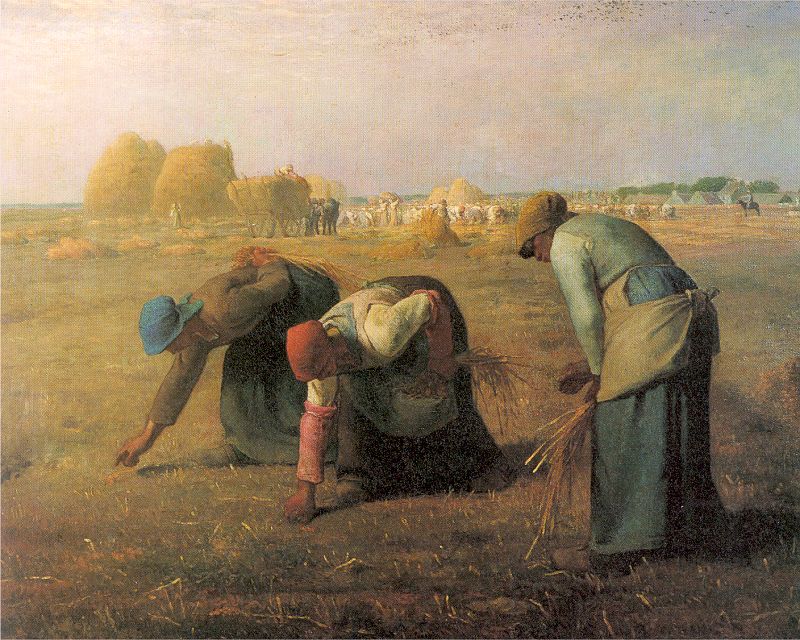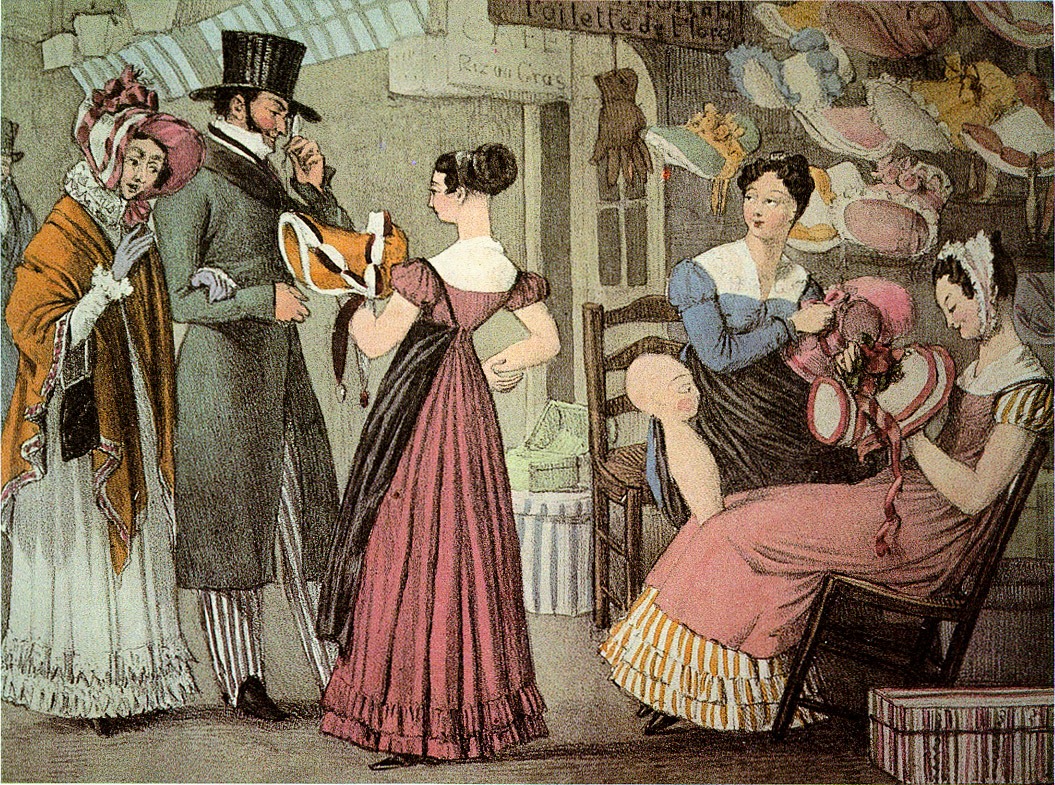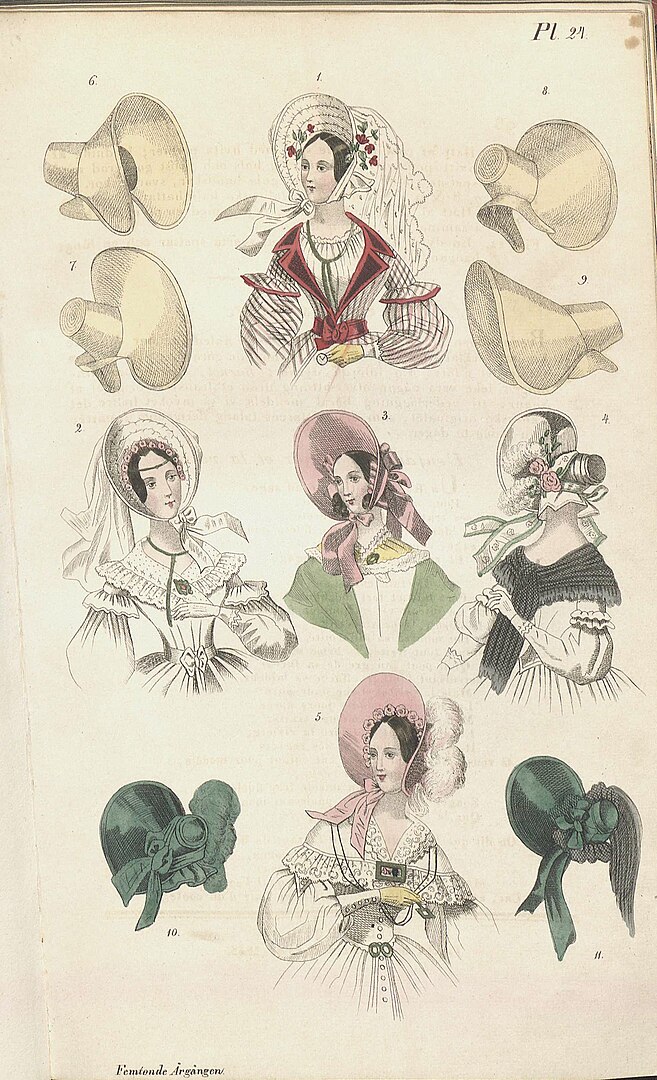Bonnets have a rich and diverse history, transitioning from essential headwear to a fashion statement and, in modern times, to a hair care staple. With such a varied past and continued presence in our lives, it’s no surprise that many people have questions about these unique pieces of headwear.
From their origins and evolution over the centuries to their practical benefits and cultural significance today, bonnets spark curiosity and conversation. This article aims to address some of the most commonly asked questions about bonnets, shedding light on their fascinating journey through time and their role in contemporary fashion and hair care.
What Is the Historical Significance of Bonnets?
Bonnets have played a significant role throughout history, initially serving as a practical form of headwear that protected individuals from the elements. Over time, they evolved into symbols of social status and fashion, particularly during the 18th and 19th centuries. Their design and materials varied, reflecting the trends and societal norms of the era.
How Have Bonnets Evolved Over Time?
From simple cloth coverings in medieval times to the elaborate, ribbon-adorned headpieces of the Victorian era, bonnets have undergone significant changes. The 20th century saw a decline in their everyday use, with bonnets becoming more associated with specific professions, cultural attire, or ceremonial wear. In the 21st century, bonnets have seen a resurgence as a protective hair accessory, particularly in African American culture.
What Are the Benefits of Wearing a Bonnet Today?
Modern bonnets, often made from silk or satin, are praised for their hair-protective qualities. They help reduce friction and breakage during sleep, maintain hairstyles, and retain moisture in the hair. They’re especially beneficial for curly and coily hair types, aiding in the preservation of hair health and style.
Why Do People Wear Bonnets?
People wear bonnets for a variety of reasons, with the primary modern motivation being hair protection. Silk or satin bonnets, in particular, are cherished for their ability to reduce friction and prevent hair breakage during sleep. This protective quality is especially crucial for those with curly, coily, or easily damaged hair types, as it helps to maintain moisture, preserve hairstyles, and reduce the need for frequent restyling.
Beyond practical hair care, bonnets also serve as a cultural and historical symbol in various communities, embodying a rich heritage of beauty and identity, especially within the African American community where they play a significant role in the nightly hair care routine, signifying self-care and the preservation of hair health.
Can Bonnets Be Worn Outdoors?
While bonnets were worn outdoors traditionally, today’s bonnets are more commonly used as indoor headwear, primarily for sleep. However, fashion bonnets designed for outdoor use are making a comeback, blending historical styles with contemporary fashion trends for statement pieces in modern attire.
Who Can Wear Bonnets?
Bonnets are for everyone. Historically, they were worn by women and children of various ages, but today’s bonnets, especially those designed for hair protection, are worn by people of all genders looking to preserve their hair’s health and styling. The universal appeal and functionality of bonnets make them a versatile accessory for anyone interested in their benefits.
Are There Different Types of Bonnets?
Yes, bonnets come in various types, each serving different purposes. Historical bonnets varied in style and material, from straw sunbonnets to silk evening bonnets. Today, sleep bonnets are typically made from silk or satin, while fashion bonnets may incorporate a range of fabrics and designs to suit different aesthetic preferences.
What are Satin Bonnets?
Satin bonnets are a type of headwear made from satin fabric, designed primarily to protect hair during sleep. Their smooth, frictionless surface helps to reduce hair breakage, tangling, and moisture loss, making them especially beneficial for maintaining the health and style of curly, coily, or prone-to-dry hair types. Satin bonnets are popular in hair care routines for their ability to preserve hairstyles and promote overall hair wellness.
What are Other Names for Bonnets?
Bonnets are referred to by several other names that often denote specific styles, periods, or functions. For instance, the “mob cap,” common in the 18th century, was a simple, gathered bonnet typically worn by women indoors to cover their hair. The “poke bonnet,” with its characteristic projecting brim, became popular in the 19th century, offering both style and sun protection for its wearers. Another variation, the “sunbonnet,” was widely used in rural settings, designed to shield women’s faces and necks from the sun while working outdoors.
In different cultures and historical periods, bonnets have also been known by names that reflect their regional significance or material composition. For example, in Scottish culture, the “Tam o’ Shanter” is a woolen cap named after a character in a Robert Burns poem, while the “coif” refers to a close-fitting cap worn in medieval Europe for modesty or as part of legal and academic dress.
Are Bonnets Supposed to Cover the Ears?
Whether bonnets cover the ears depends largely on their design and the purpose they serve. Historically, many bonnets, such as the poke bonnet popular in the 19th century, were designed with wide brims and deep shapes that could cover the ears, providing protection from the sun and elements while also adhering to the modesty standards of the time. Modern bonnets, particularly those used for hair protection, may not necessarily cover the ears as their primary function is to protect the hair and scalp during sleep or to preserve hairstyles.
Conclusion
Whether it’s the satin bonnets cherished for preserving hairstyles and promoting hair health or the historical and cultural styles that connect us to our past, bonnets continue to hold a special place in our wardrobes and lives. Through understanding their various forms, purposes, and benefits, we can appreciate not just the practicality they offer but also the rich traditions they represent.


